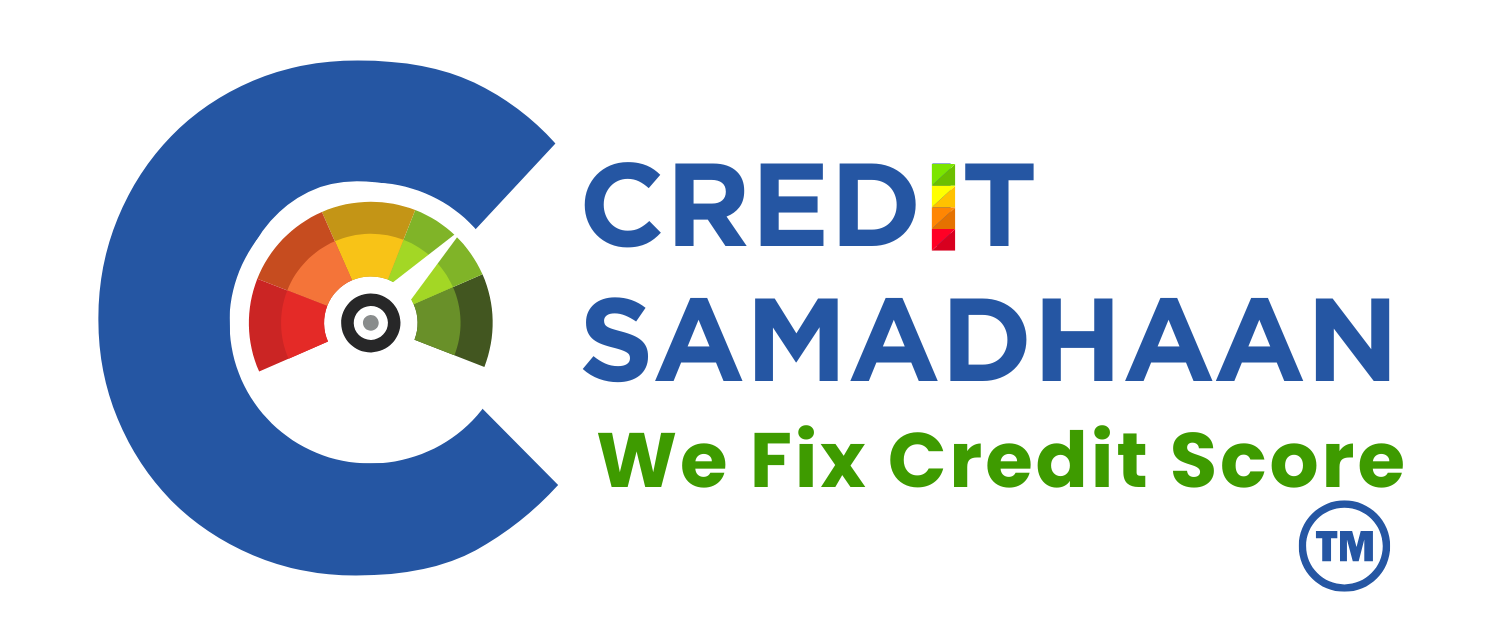The Role of Credit Score in Loan Rejections Explained You Need to Know!
Credit Score in Loan Rejections | Introduction
Ever wondered why your loan application got rejected despite meeting all eligibility criteria?
You’re not alone. In India, more than 30% of personal loan rejections occur not due to income or documentation issues, but due to poor credit scores. A low score signals high risk to lenders—even if your income is strong or your employment is stable.
This article dives deep into the role of credit scores in loan rejections, busts the myths, and shows you how to recover and get approved next time.
At CreditSamadhaan, we help individuals overcome the frustration of a rejected loan due to credit score with expert-backed solutions. Let’s decode how this system works and how you can regain control of your creditworthiness.
Understanding The Role of Credit Score in Loan Rejections Explained
What Is a Credit Score and Why It Matters
A credit score (also known as a CIBIL score in India) is a 3-digit number ranging from 300 to 900. It reflects your creditworthiness based on:
-
Past loan repayment behavior
-
Current credit utilization
-
Age and type of credit
-
Credit inquiries and defaults
Score Breakdown:
-
750+: Excellent – quick approvals
-
650–749: Average – likely to need more documentation
-
600–649: Poor – high rejection risk
-
<600: Very poor – rarely approved
Banks and NBFCs use this score as a first filter before evaluating income, employer category, or collateral.
Why Good Profiles Still Get Rejected
Even salaried individuals with ₹50,000+ monthly income can face rejection if:
-
They defaulted on an old credit card
-
They have too many loan applications in recent months
-
A loan was settled but not updated by the bank
Myths Debunked
| Myth | Truth |
|---|---|
| “I have no loans, so my score must be high.” | No credit history = No score = High risk. |
| “Banks don’t check credit scores for small loans.” | Even ₹10,000 personal loans get checked via CIBIL. |
| “Only defaulters have low scores.” | Missed due dates, over-limit usage, and multiple enquiries also bring it down. |
Keywords Used: rejected loan due to credit score, credit score India, loan rejection CIBIL
5 Actionable Strategies to Conquer The Role of Credit Score in Loan Rejections Explained
1. Check and Understand Your CIBIL Report Before Applying
Before applying for any loan, it’s essential to check your CIBIL score and full credit report.
Steps to Follow:
-
Visit CIBIL.com
-
Sign in and download your credit report
-
Check for red flags: defaults, settlements, high usage, errors
Example:
Amit from Pune was rejected for a home loan. Upon reviewing his report, he found a closed credit card still marked “active”. Once corrected, he reapplied and got approval within 3 weeks.
Internal Link: Check Your Credit Score Now
2. Dispute Errors and Inaccuracies Through Expert Support
Your credit report may contain:
-
Incorrect outstanding amounts
-
Loans or cards you never took
-
Accounts still marked “settled” or “written off” even after full payment
How to Fix:
-
Raise disputes with credit bureaus (can take 30-45 days)
-
Use services like CreditSamadhaan to dispute professionally
-
Get closure letters from banks and upload them to bureaus
Supporting Keyword: credit report correction, CIBIL dispute India
3. Reduce Credit Utilization to Below 30%
If you’re using ₹90,000 of a ₹1,00,000 credit limit, your utilization is 90%—a big red flag for lenders.
Tips to Lower It:
-
Pay credit card bills mid-cycle
-
Avoid maxing out your card
-
Increase your limit and keep usage low
Pro Tip: Keeping utilization under 30% can raise your score by 50–70 points in 3 months.
4. Use Credit Builder Tools to Rebuild Score
If your score is below 650, getting a new loan can be tough. But you can still rebuild your score using tools like:
-
Credit builder loans
-
Secured credit cards backed by FD
-
Timely payment automation
Internal Link: Explore Credit Builder Solutions
5. Leveraging CreditSamadhaan to Prevent Loan Rejection Due to Credit Score
CreditSamadhaan is India’s trusted platform to prevent and recover from loan rejection due to poor credit.
We help you:
✅ Pull and audit reports from CIBIL, Experian, and Equifax
✅ File disputes with banks and bureaus
✅ Restructure or settle loans with correct reporting
✅ Build your credit with tailored strategies
Client Impact Story:
Priya, a marketing manager in Mumbai, had two loan rejections. After using CreditSamadhaan’s repair services, her score improved from 590 to 720 in 4.5 months. Her next personal loan was approved within a week.
📢 Need help fixing your score?
👉 Talk to a Credit Expert Now
Common Questions About The Role of Credit Score in Loan Rejections Explained
Q1. Can a rejected loan application further reduce my credit score?
Yes. Every time you apply for a loan, it triggers a hard inquiry. Too many such inquiries can reduce your score by 5–10 points each.
Q2. How long does it take to improve a low score?
With proper strategy, most scores can be improved by 80–100 points within 3–6 months using a mix of repayment, correction, and credit builder tools.
Q3. Can I still get a loan if my credit score is below 600?
It’s difficult, but not impossible. Some NBFCs or peer-to-peer lenders may approve it with higher interest rates or collateral. CreditSamadhaan can help you prepare the right application.
Keywords Used: rejected loan due to credit score, CIBIL score fix, loan approval credit issues
Conclusion
A rejected loan due to credit score is not the end of the road—it’s a wake-up call.
Understanding how credit scores influence loan decisions can help you prepare better, apply smarter, and avoid the emotional and financial stress of rejections.
With CreditSamadhaan, you don’t have to face it alone. From report reviews to score rebuilding and lender negotiation, we’re with you every step of the way.
📢 Stop guessing. Start repairing.
👉 Visit CreditSamadhaan.com and rebuild your credit confidence today.








